Part 2 Of 2 Parts (Please read Part 1 first)
A spokesperson for the U.S. Department of Energy shared that so far, “The [Waste Treatment and Immobilization Plant] team has successfully filled four stainless steel containers with molten glass to test the process.”
This is all part of a slow but steady process to monitor for safety and environmental compliance as Hanford prepares to fully start the active vitrification process next year.
The decision to vitrify the waste in Hanford’s one hundred and seventy-seven storage tanks goes back to the Tri-Party Agreement (TPA) which is, a legal agreement and consent order between the U.S. Department of Energy, the Environmental Protection Agency and Washington’s Department of Ecology (DoE). This agreement details the responsibilities of each agency when it comes to cleanup efforts and timelines. It ultimately tries to ensure that federal laws governing the disposal of solid waste and hazardous waste are followed.
Vitrified low-level waste will be disposed of on-site in stainless steel casks. A separate melter dedicated to high-level waste will come online to manage the most toxic waste. That glassified material will go to a deep geological repository. At this point, the U.S. does not have such a site.
The Hanford site was developed in the 1940s as part of the World War II efforts to produce plutonium for a nuclear weapon as part of The Manhattan Project.
It was the world’s first nuclear materials production plant, though most workers were in the dark about the purpose of their contributions. The plutonium produced at Hanford was part of the atomic bomb that was later dropped on Nagasaki, Japan.
Central Washington’s desert terrain was selected for the site because it was close to the Columbia River and few people lived in the area.
The site produced plutonium through the Cold War, and in 1987 the last reactor was shut down. Over the nearly four decades since, officials have developed a plan to clean up the radioactive waste. Many of the tanks that hold radioactive waste at Hanford have outlived their original life spans and are leaking radioactive waste into the surrounding area.
This radioactive pollution has led Hanford to be categorized as a Superfund site. It is one of four areas on the EPA’s national priorities list for cleanup.
Brouns said, “This is a multigenerational process. It’s going to take longer to clean it up than it took to produce the waste in the first place.”
Part of the challenge at Hanford has been the collaboration among several state and federal agencies and shifting the culture from one devoted to the creation of nuclear materials. The site is often mired in secrecy and urgency. There is a new movement devoted to the cleanup of Hanford.
It’s also led to discussions of who’s paying the bill and how that is affecting the timeline. The goal post is being pushed further and further into the future. The GAO’s report estimated that the total cost of Hanford’s cleanup will be around $341 billion, with completion estimated for 2084.
Ryan Miller is a spokesperson for the nuclear waste program at the Washington DoE. He said, “Historically, what’s happened is Hanford has been kind of routinely underfunded by like 700 million to a billion dollars or so.”
Last year, President Biden’s budget requested a record amount for Hanford cleanup, at $3 billion. State officials hope the same amount will be allocated this year. According to the DoE, every year of inadequate funding delays cleanup an additional 1 1/2 to 3 years.
One of the important alternatives to vitrification for environmental advocates is a cheaper option that’s been floated by some federal agencies. It is called grouting, which involves solidifying the waste in specialized concrete. This could reduce costs and potentially shorten the cleanup timeline. However, it’s less stable than vitrification and does not last as long.
Blog
-

Radioactive Waste 925 – Hanford Vitrification Plant Will Be In Operation Soon – Part 2 of 2 Part
-
Nuclear News Roundup February 27, 2024
Bowing to Putin’s nuclear blackmail will make nuclear war more likely atlanticcouncil.org
Canada provides federal funds for Bruce C pre-development world-nuclear-news.org
Canadian AP1000 deployment could bring billions in economic benefits, study finds eotlf-nuclear-news.org
Licensing of El Cabril expansion progresses world-nuclear-news.org
-
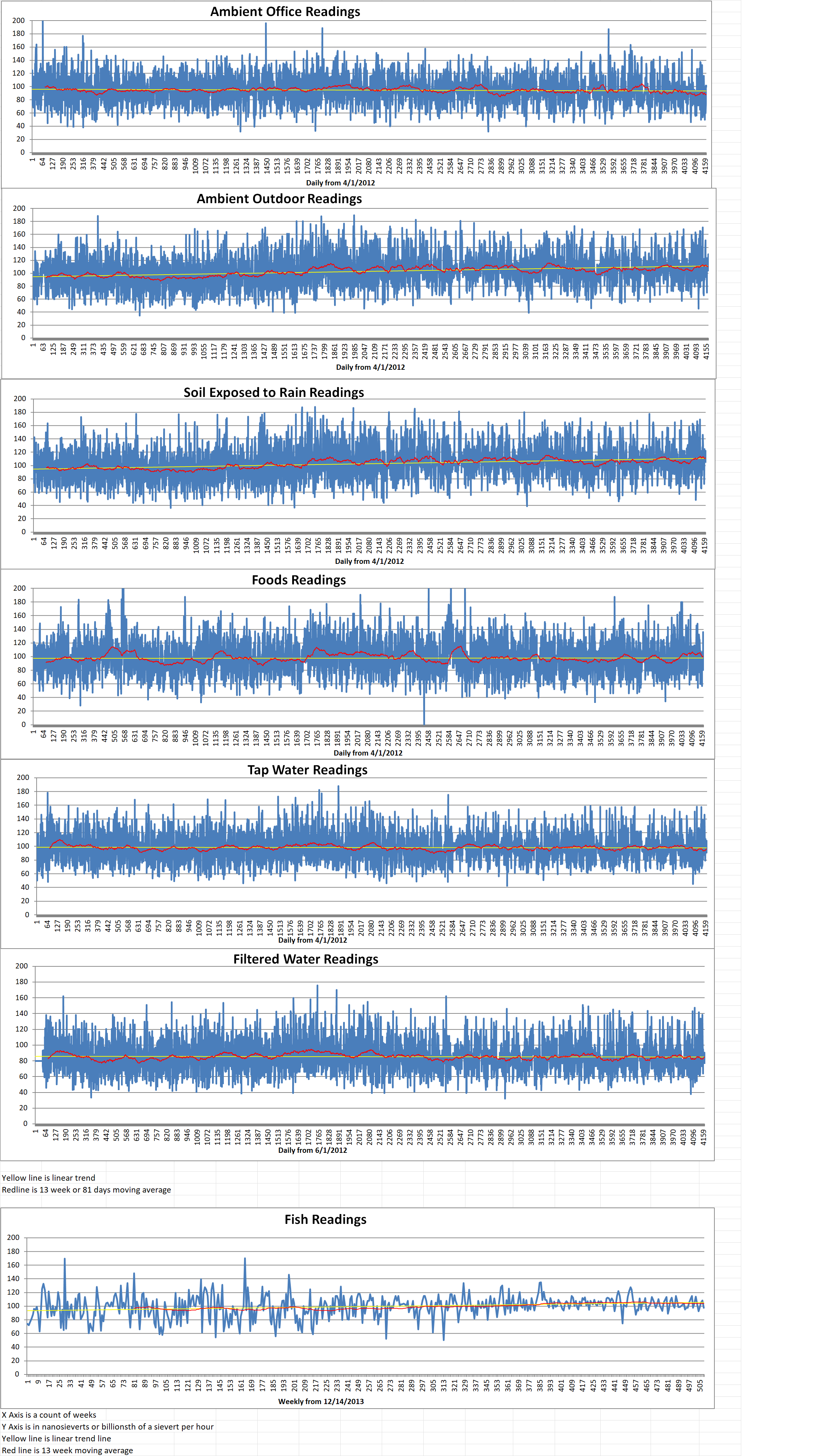
Geiger Readings for February 27, 2024
Ambient office = 100 nanosieverts per hour
Ambient outside = 106 nanosieverts per hour
Soil exposed to rain water = 105 nanosieverts per hour
Shallot from Central Market = 108 nanosieverts per hour
Tap water = 93 nanosieverts per hour
Filter water = 77 nanosieverts per hour
-
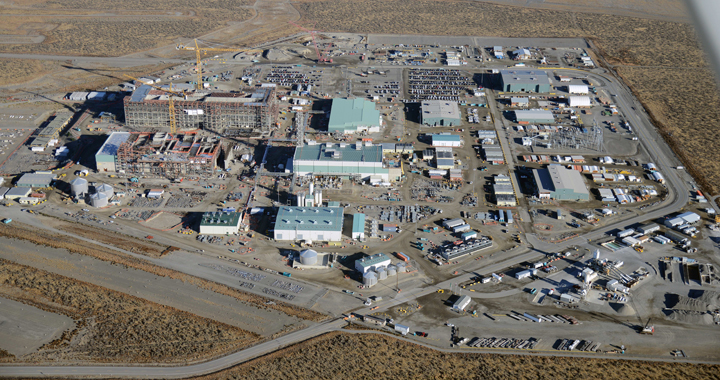
Radioactive Waste 924 – Hanford Vitrification Plant Will Be In Operation Soon – Part 1 of 2 Part
Part 1 of 2 Parts
The Hanford Nuclear reservation in Benton County, Washington is said to be one of the most radioactively contaminated installations in the World. The U.S. used the site to create weapons grade plutonium for the U.S. military. There are fifty-five million gallons of radioactive waste on the site. Currently there is an estimated timeline reaching into the 2080s for cleaning up the site.
There is a complex assembly including several state and federal agencies, private contractors, tens of thousands of workers, local residents, and advocates who are all invested in a colossal effort to clean up Hanford. It is estimated to be the largest nuclear cleanup project in the world.
The Hanford site is at a pivotal moment. It is set to finally transform the nuclear leftovers of a century past into glass that can be safely stored. This process is called vitrification. Last October, the first of two melters used to vitrify the waste were put into operation. The second melter is scheduled to launch this spring.
Nikolas Peterson is the executive director of Hanford Challenge, a nonprofit watchdog. He said, “They’re doing something out there that has never been done before. I think I have to constantly remind myself of that even when I’m critical of the facility.”
For staff at the Pacific Northwest National Laboratory (PNNL), who are developing and testing the glass formulations for immobilizing radioactive waste, this moment in time feels significant.
Tom Brouns is the lead of the environmental manager sector at PNNL. He has worked at Hanford for more than 30 years. He said, “It’s really exciting to see how far it’s come. It’s taking a long time but it’s so close.”
Vitrification is not a novel technology. The same process is used in making pottery. High heat is applied to a material that leads to metamorphosis of the original substance.
Researchers in France have studied the vitrification of nuclear waste since the 1950s. The country successfully built several facilities to tackle the cleanup of radioactive waste. Within this specialized industry, it’s considered one of the best methods to stabilize radioactive waste. It is expensive but it performs well over hundreds or thousands of years. Vitrification is an international standard when it comes to managing waste with high levels of radioactivity.
The process being developed to vitrify radioactive waste at Hanford is highly complex and involves multiple steps.
The process begins with a removal system that separates high-level waste that’s more toxic and radioactive from low-activity waste that is simpler to process and store. Separating the waste is critical to better management, treatment and disposal.
According to a 2023 report from the U.S. Government Accountability Office (GAO), about 95% of the waste in storage tanks is low-level waste when it comes to the physical volume. High-level waste only compromises about 5% of the volume but includes more than 70% of the radioactivity.
The low-level waste is pumped to a separate holding tank and is then pumped into another tank for mixing. Silica along with other additives are added to create the material that will ultimately be glass.
That mixture is pumped into melters which are giant three-hundred-ton devices that are the “heart” of the vitrification process. These generate heat at 2,100 degrees Fahrenheit and will create a molten substance over several days. This molten material is poured into stainless steel canisters where it eventually cools enough to become solid glass.
Brouns explained that “Glass is a superior matrix because the radio nuclei actually get trapped in the chemical matrix of the glass.”
Please read Part 2 next -
Nuclear News Roundup February 26, 2024
Canada to expedite approval of new nuclear projects, energy minister says ca.finance.yahoo.com
Putin says NATO is preparing to attack Russia – and warns aggression risks nuclear conflict news.sky.com
Signature House nuclear package to get a floor vote eenews.net
China urges largest nuclear states to negotiate a ‘no-first-use’ treaty reuters.com
-
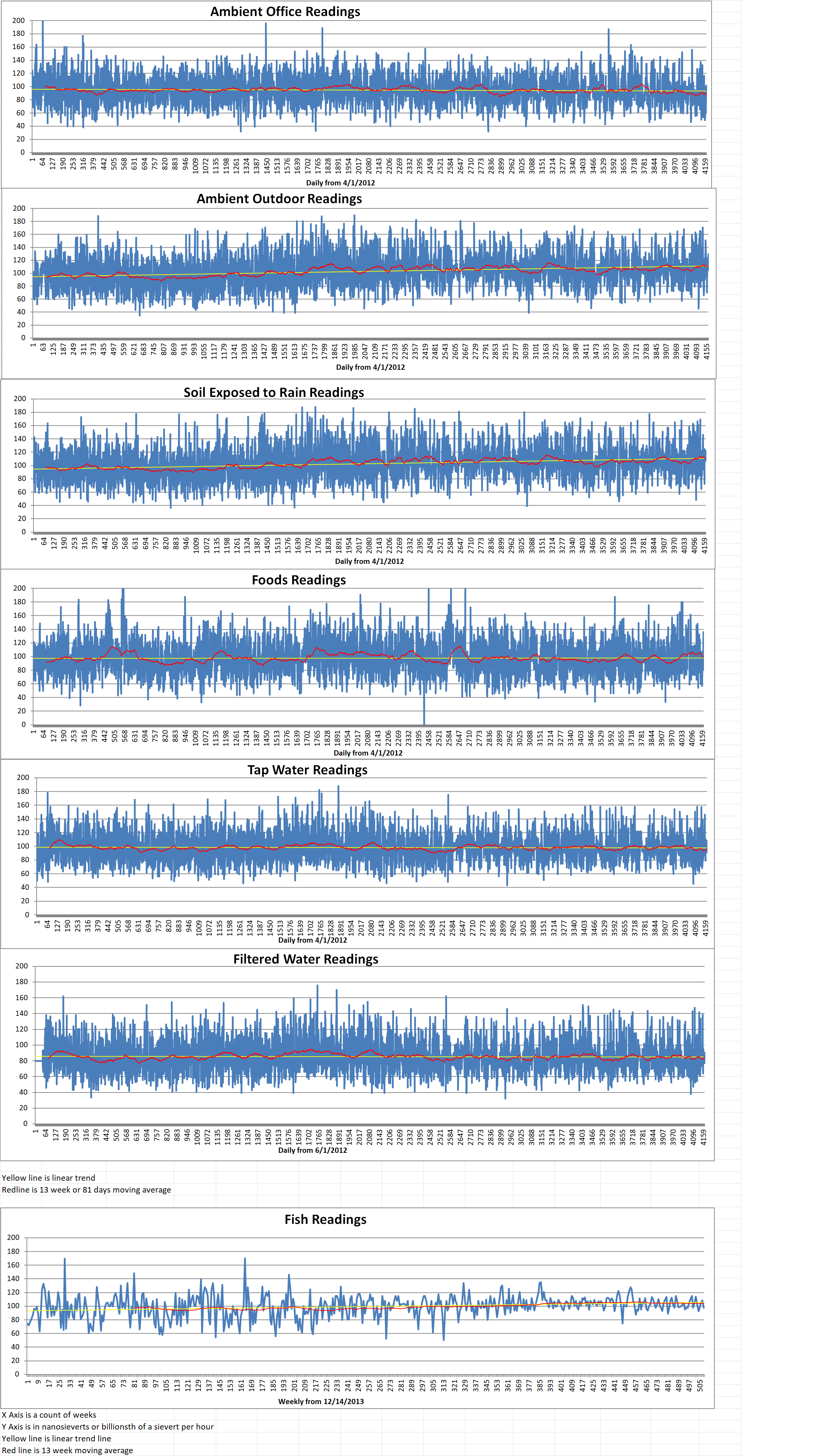
Geiger Readings for February 26, 2024
Ambient office = 101 nanosieverts per hour
Ambient outside = 129 nanosieverts per hour
Soil exposed to rain water = 122 nanosieverts per hour
Red bell pepper from Central Market = 136 nanosieverts per hour
Tap water = 108 nanosieverts per hour
Filter water = 91 nanosieverts per hour
-
Nuclear News Roundup February 25, 2024
State investigating potential air pollution from Pilgrim Nuclear capeandislands.org
Putin is preparing for nuclear war telegraph.com
Pantex open for normal operations after fires threatened nuclear weapons plant Amarillo.com
Putin’s nuclear threat over Ukraine ‘deplorable’, says UK foreign minister independent.co.uk
-
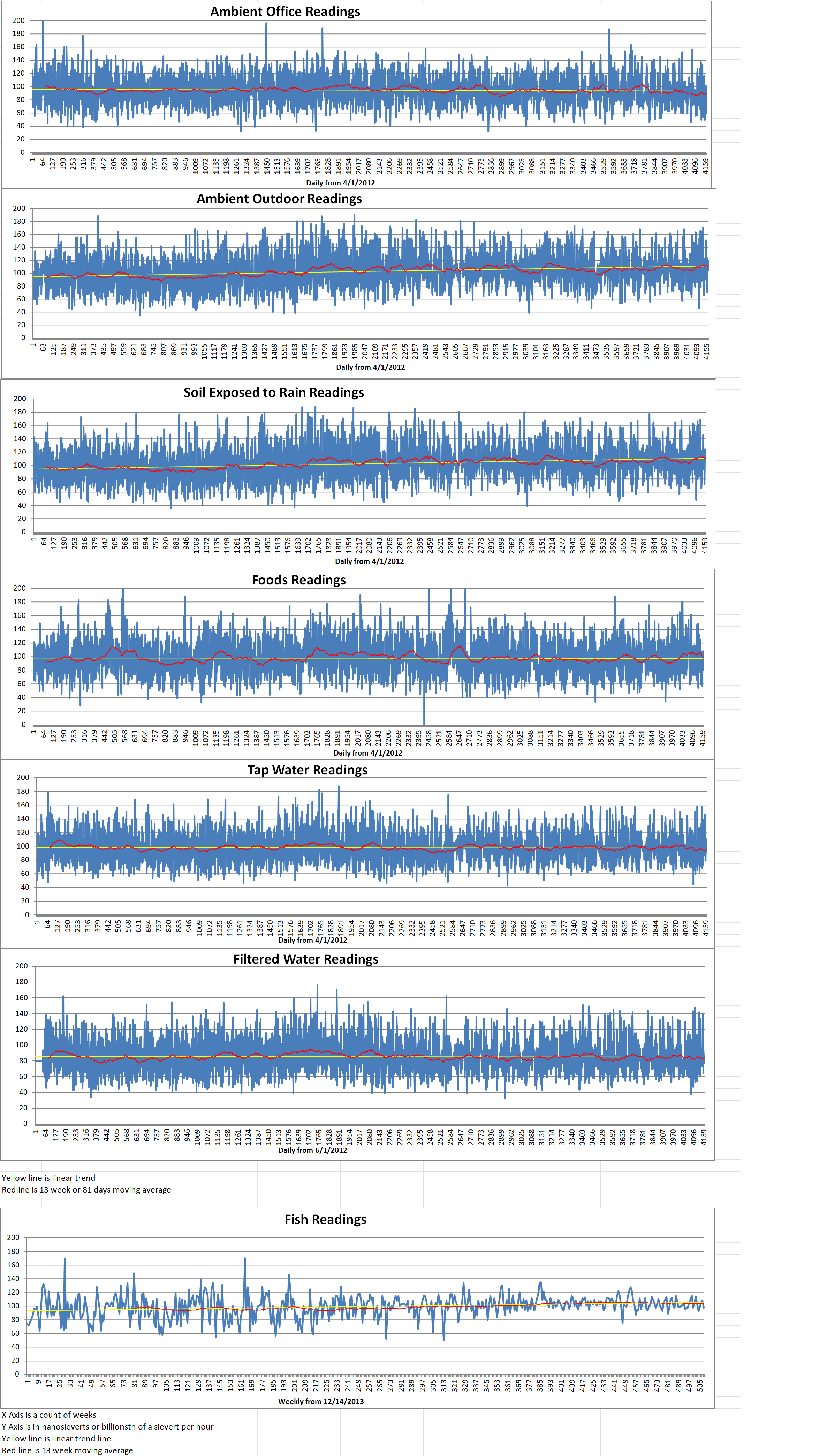
Geiger Readings for February 25, 2024
Ambient office = 102 nanosieverts per hour
Ambient outside = 107 nanosieverts per hour
Soil exposed to rain water = 108 nanosieverts per hour
Crimini mushroom from Central Market = 80 nanosieverts per hour
Tap water = 91 nanosieverts per hour
Filter water = 77 nanosieverts per hour
-
Nuclear News Roundup February 24, 2024
South Korea, US to Stage Annual Drills Focusing on Korea Nuclear Threats usnews.com
Nuclear Fuels presenting at Red Cloud, Metals Investor Forum Toronto and attending PDAC 2024 prnewswire.com
Wildfire grows into 2nd-largest in Texas history and briefly shuts down nuclear weapons facility duncanbanner.com
U.S. warns Russia against nuclear-capable anti-satellite weapon cbsnews.com
-
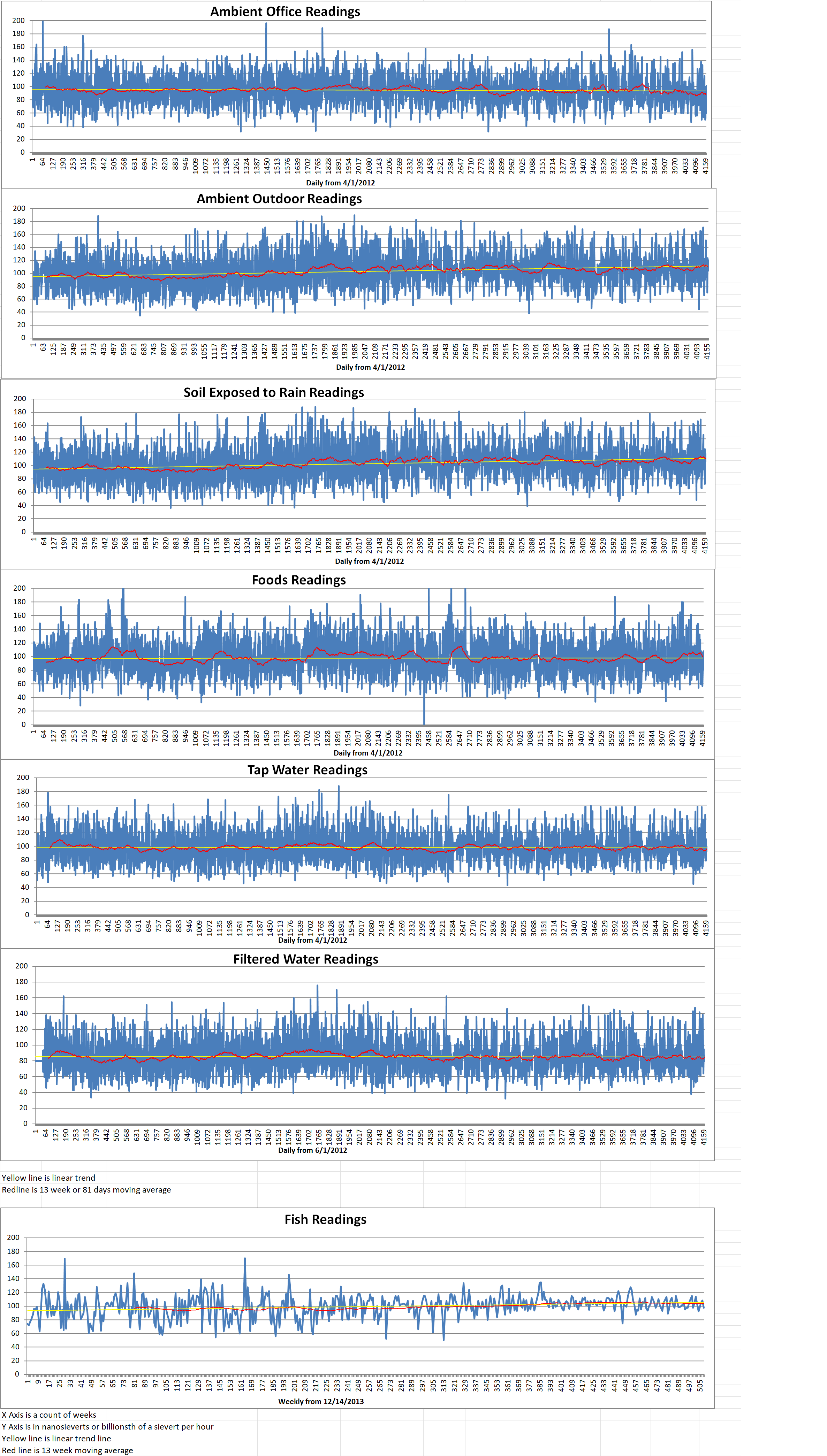
Geiger Readings for February 24, 2024
Ambient office = 102 nanosieverts per hour
Ambient outside = 104 nanosieverts per hour
Soil exposed to rain water = 107 nanosieverts per hour
Ginger root from Central Market = 108 nanosieverts per hour
Tap water = 93 nanosieverts per hour
Filter water = 81 nanosieverts per hour
Dover Sole from Central = 98 nanosieverts per hour
